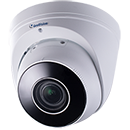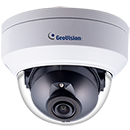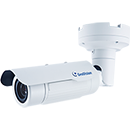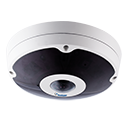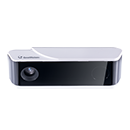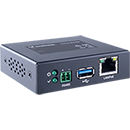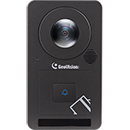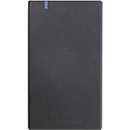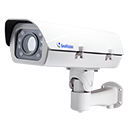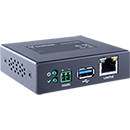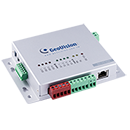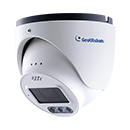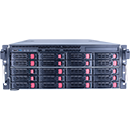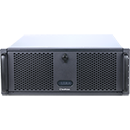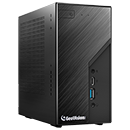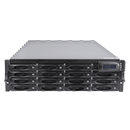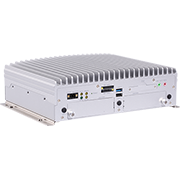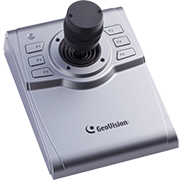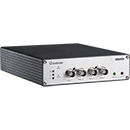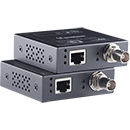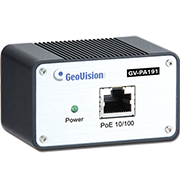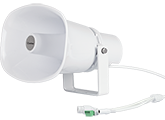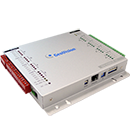
Access control has to do with allowing people coming in and out of a building for security purposes. But in the post-pandemic world, electronic access control systems are charged with more tasks, including disease prevention and control. Below we identify key2021 access control technology trends, which we believe will continue to be influenced by the pandemic.
1.Building occupancy and space control

In the age of smart buildings, occupancy- and space control-related analytics and solutions are already popular among end users as they look at how their staff and employees use their space. According to a Memoori report, the occupancy analytics market is estimated to reach US$5.73 billion by 2024, growing at a CAGR of 21.5 percent. Yet post-pandemic, the occupancy and space control features of access control technology will only see their growth accelerate, as users rely on analytics for capacity monitoring and social distancing purposes. Artificial intelligence and machine learning (AI/ML) technologies will provide opportunities for access control data to become ‘smarter’ and support people flow and space utilization needs of building owners.
The desire for healthy buildings and work environments, plus social distancing requirements to smooth a return-to-work post COVID, has opened up pent-up demand for more sophisticated occupancy management and space control. This will play in a key part in preventing the spread of communicable illnesses. We need, and are responding to the need, to provide better control and management of occupancy in our built environment, to reduce the risk of spreading illnesses such as COVID-19.
Another reason to rely on such analytics is to further space consolidation. Amid COVID, a lot of companies are seeing their workspaces empty even though they’re still paying for them. Using analytics will allow enterprises to better decide which parts of a building to cut, lease or close.
2. Increased blurring between access control, BMS and VMS

Demand for a well-integrated physical access control system is set to continue in the near term. This is not just simply integration with other security systems for example video surveillance and intrusion, but rather complex access control technology integration with building management systems (BMS), visitor management systems (VMS) and other enterprise resource systems to help the end user achieve further contactless-ness and automation – things that will be needed more than ever, post-pandemic.
Many companies are moving toward integrated systems to streamline workflow processes, conserve resource efforts and eliminate manual data entry errors. Some facilities took it a step further with integration of their access control system to building automation systems that would kickstart air filtration systems or HVAC heating/cooling when the facility is accessed, thus advancing the goals of the facility toward true automation and control.
Access control systems … are the perfect core to integrate visitor management, building automation, employee productivity, customer engagement and other systems. For visitor management, visitors are always visiting somebody in the organization; so, the person in the organization already exists in the access control system, its easy and natural to integrate their visitors’ experience with access control. Same for building automation; most of what a building’s automation system does is create the comfortable, convenient, safe environment for people. The access control system knows who the people are, where they are likely to be, when they’re likely to be there, and where and when they actually are (or are not) there.
In fact, the distinction between these different systems will become blurred going forward. Instead, the industry will focus on people flow and people management – of which access control, visitor management and even building automation will be logical features of the overall system and solution. The focus will need to be around people and personas (use cases) rather than simply fitting technology into the traditional boundaries implied by access control, visitor management and so on. Winners in the space will blur these boundaries and bring seamless solutions through cloud integrations.
3. Compliance, compliance, compliance

Access control technology and solutions will now be designed and built to meet users’ needs for compliance, which will dominate in the post-pandemic era. For example, contact tracing is now advised by regulatory agencies, and visitor management systems now have contact tracing features built into them – if a visitor is later determined to have been infected, all people he came in contact with can be retrieved and asked to take precautionary measures, for example self-quarantining.
There will be a lot more compliance requirements, and it won’t just be internal compliance. There will be a lot more externally connected data about a person’s compliance. For example, there may be a requirement to come on-site that a visitor or contractor must be vaccinated. There may be a requirement that says people must certify before they get to the office that they haven’t come in contact with someone who is ill. There will be a need for more dynamic issuance because there will be a lot less predictability to having meetings. People won’t always be able to come to a physical office because of a change in circumstance within a few hours of a scheduled meeting. During and post-pandemic, it’s going to be more about compliance than the pandemic itself.
Adapted from a&s Magazine
